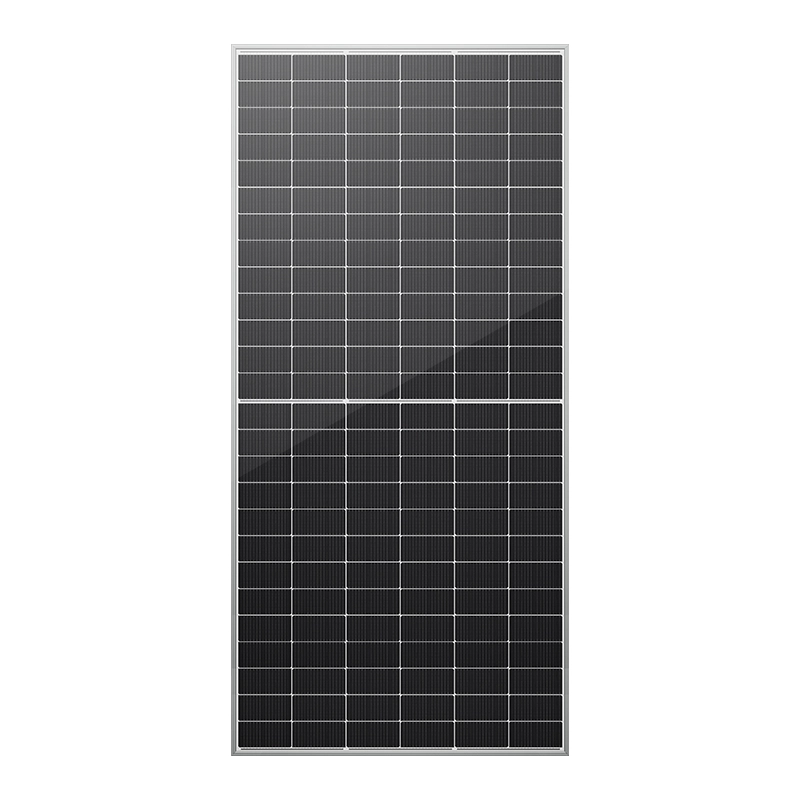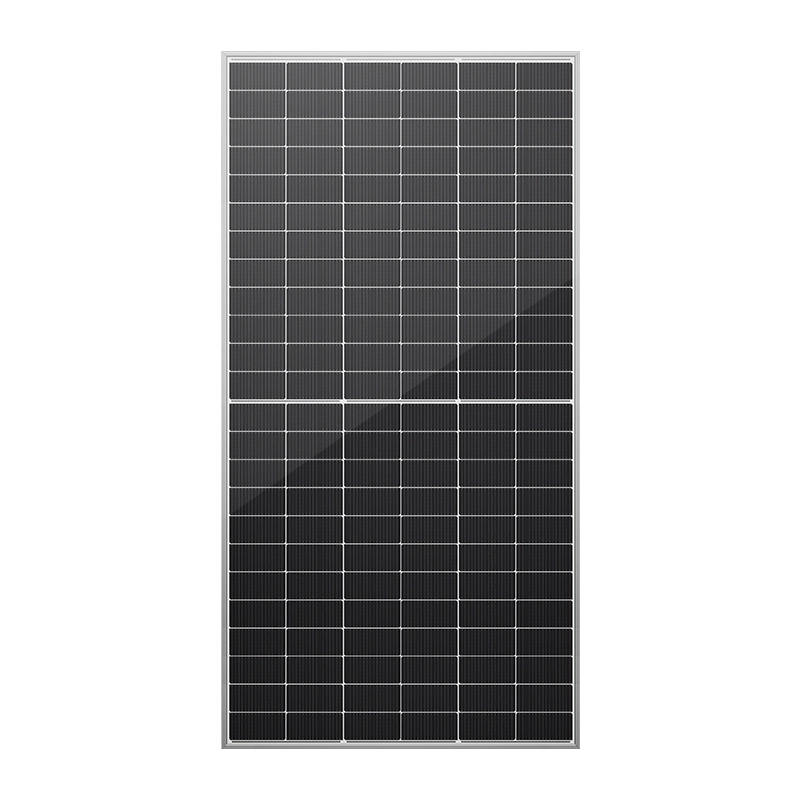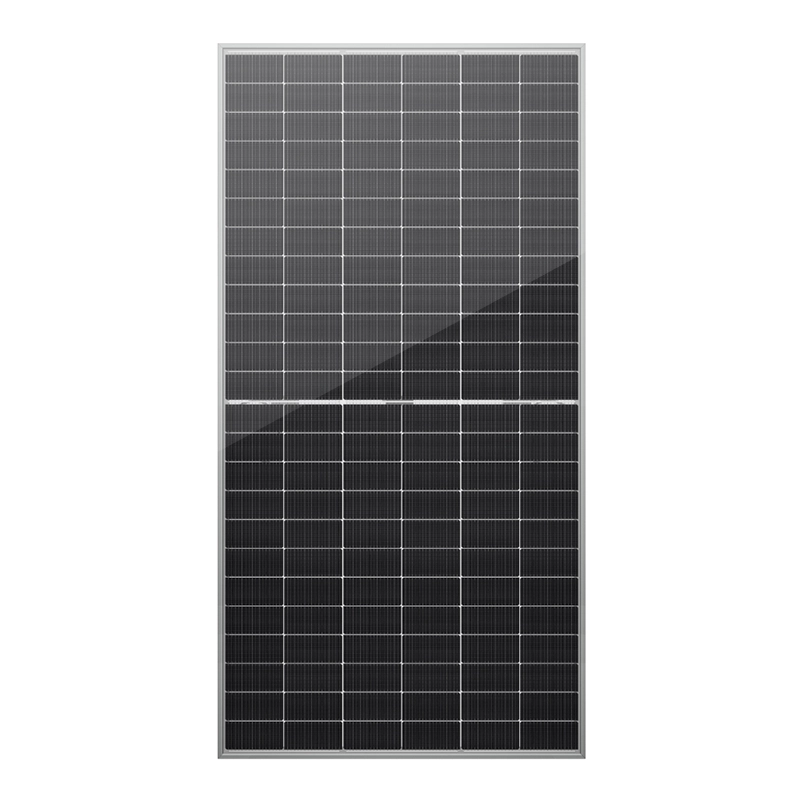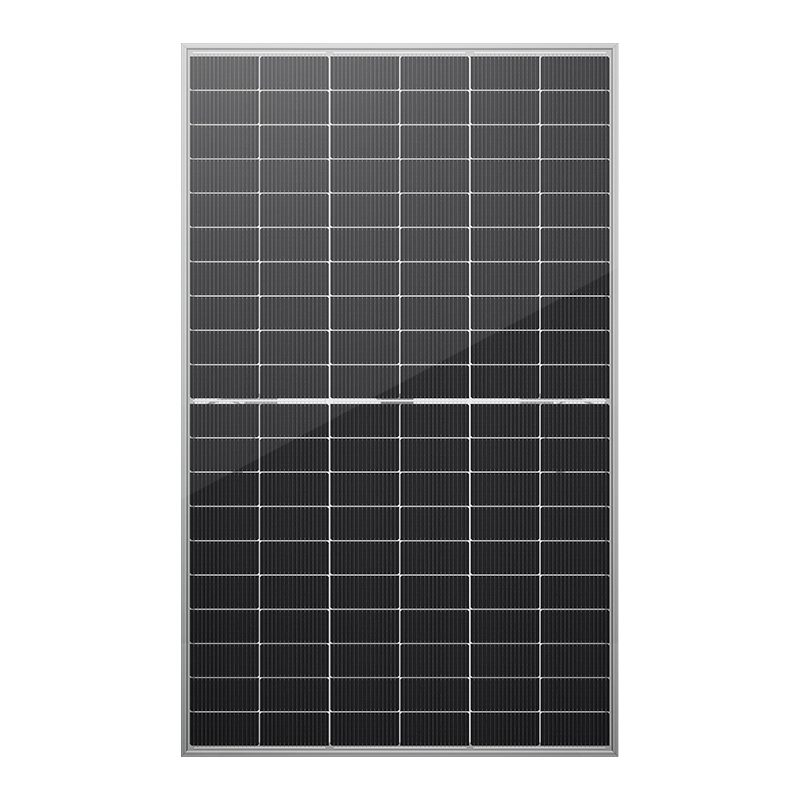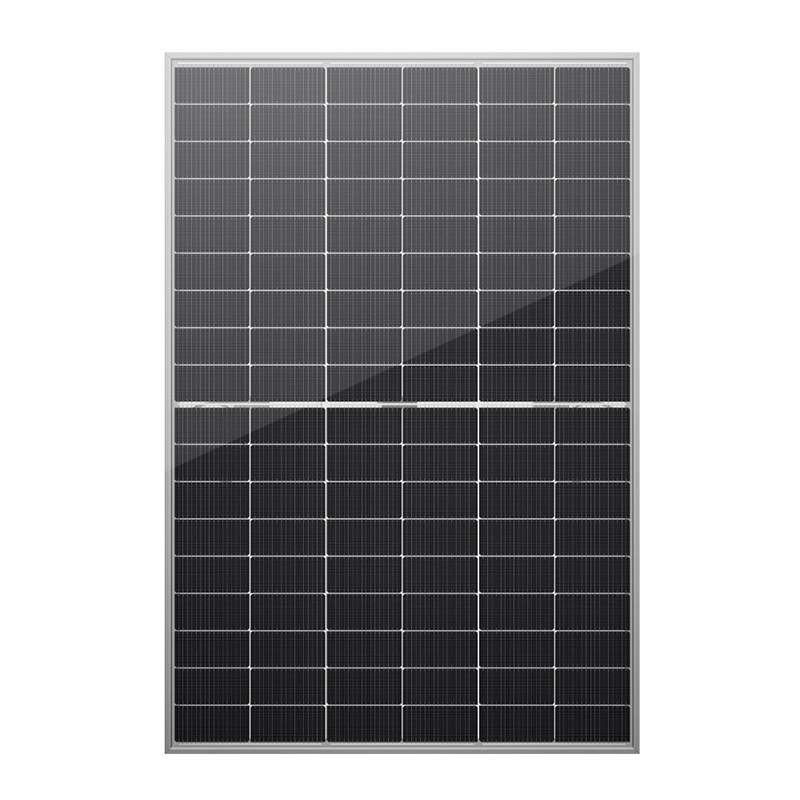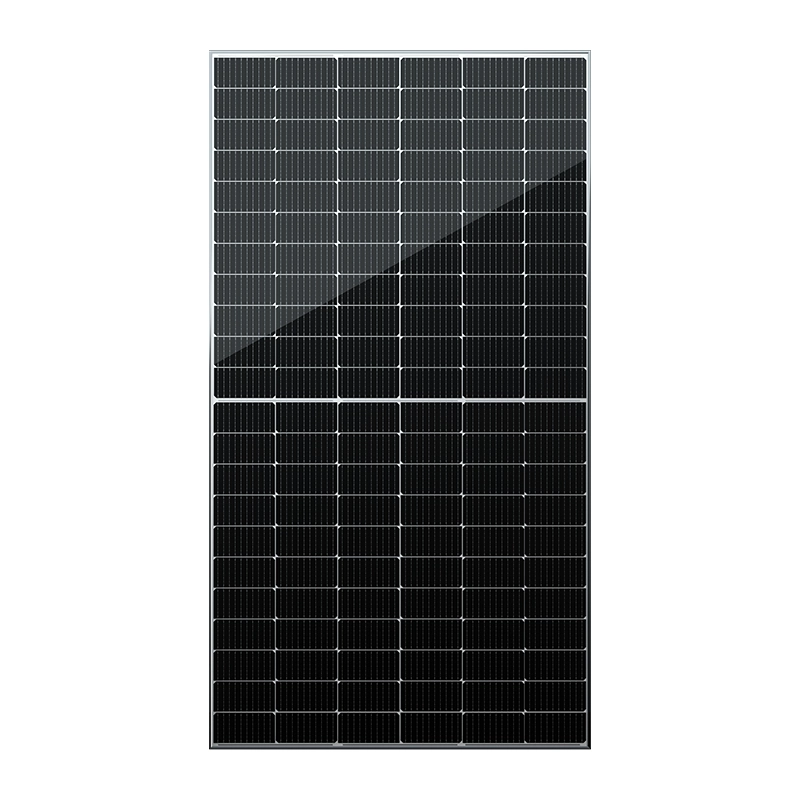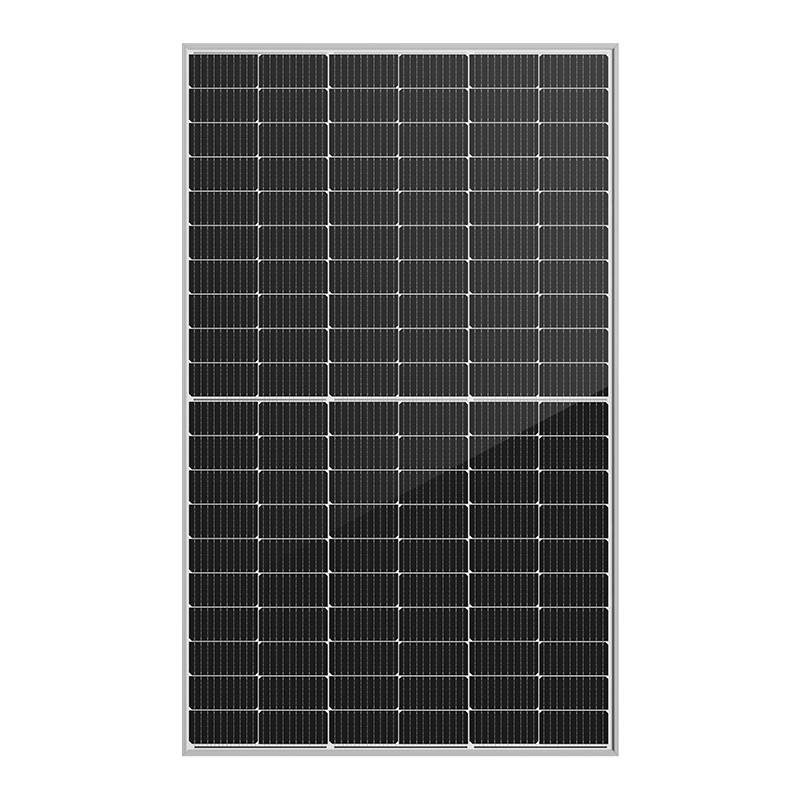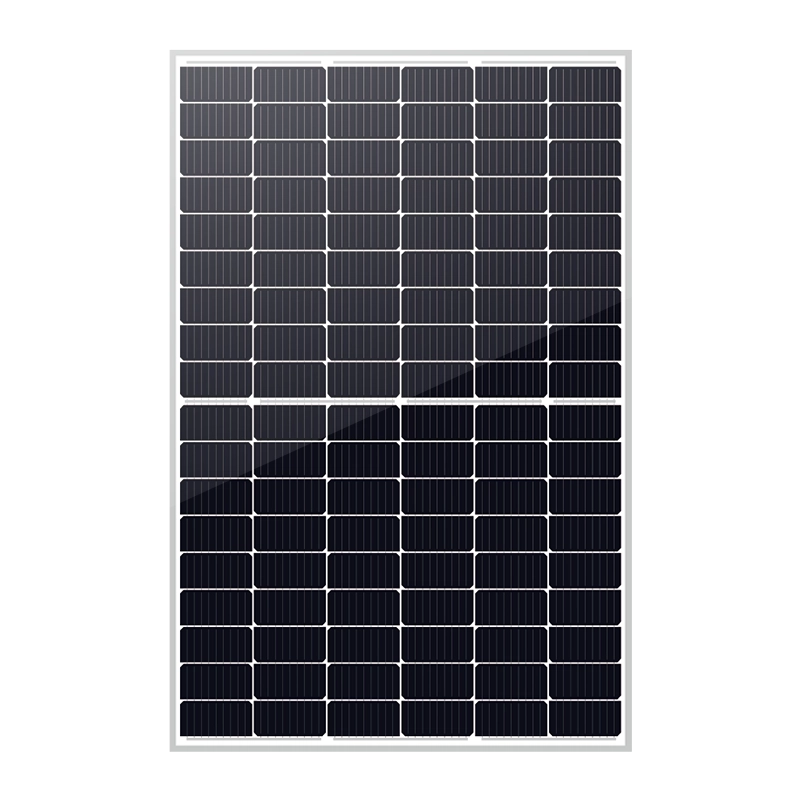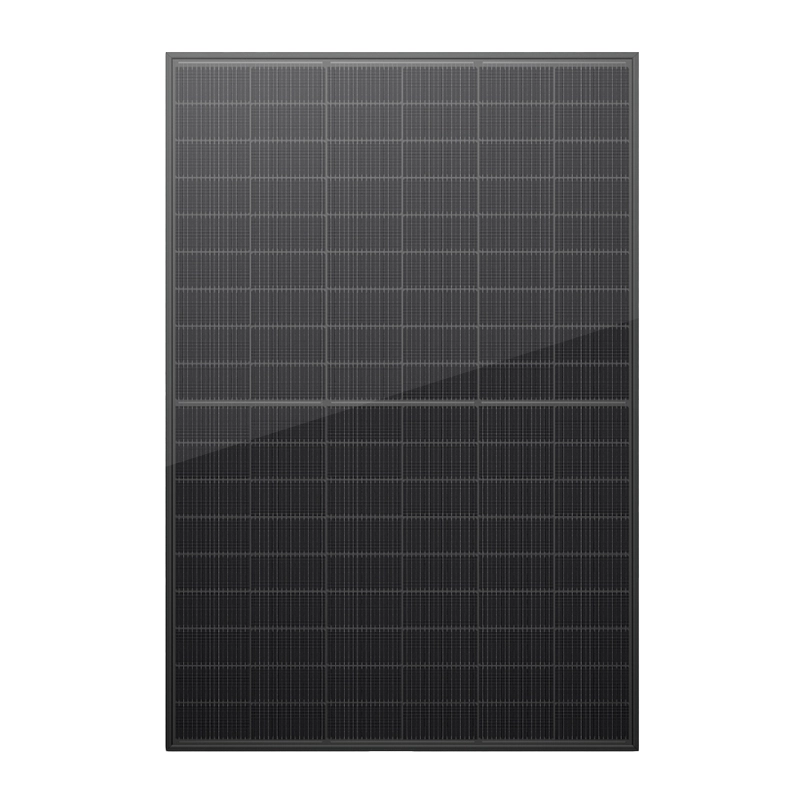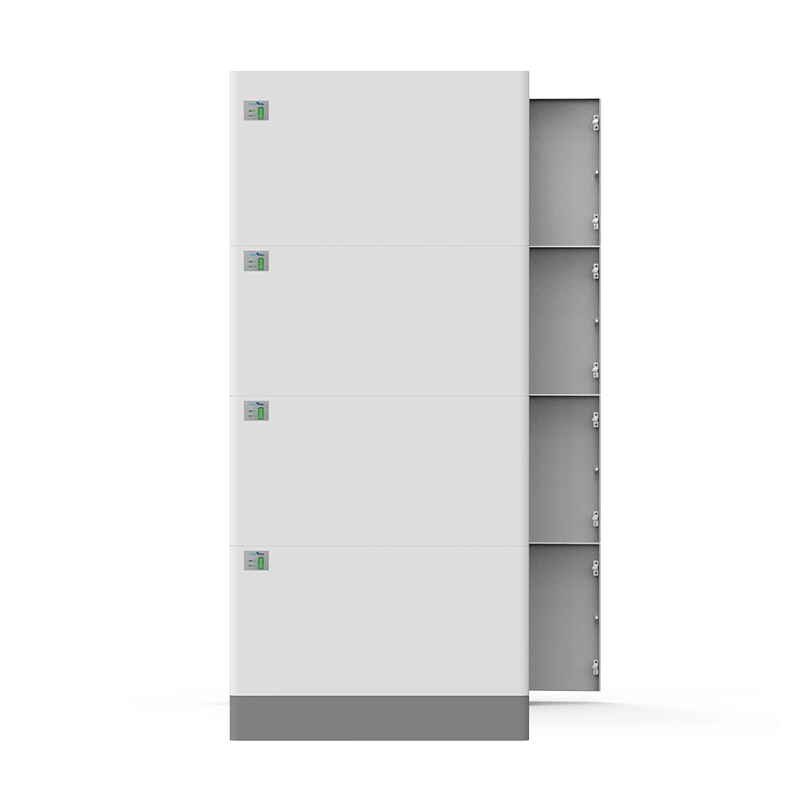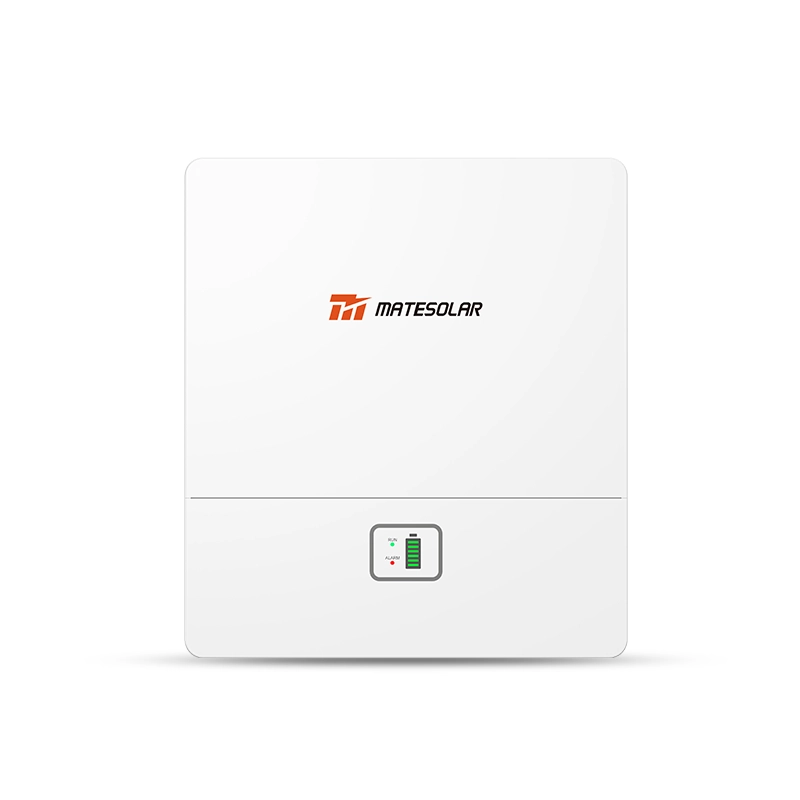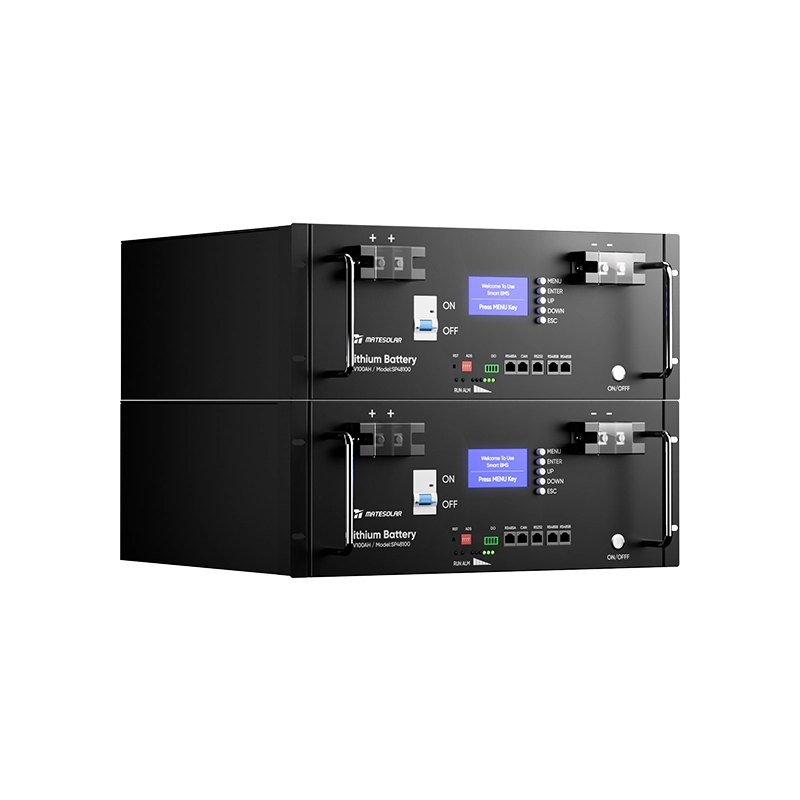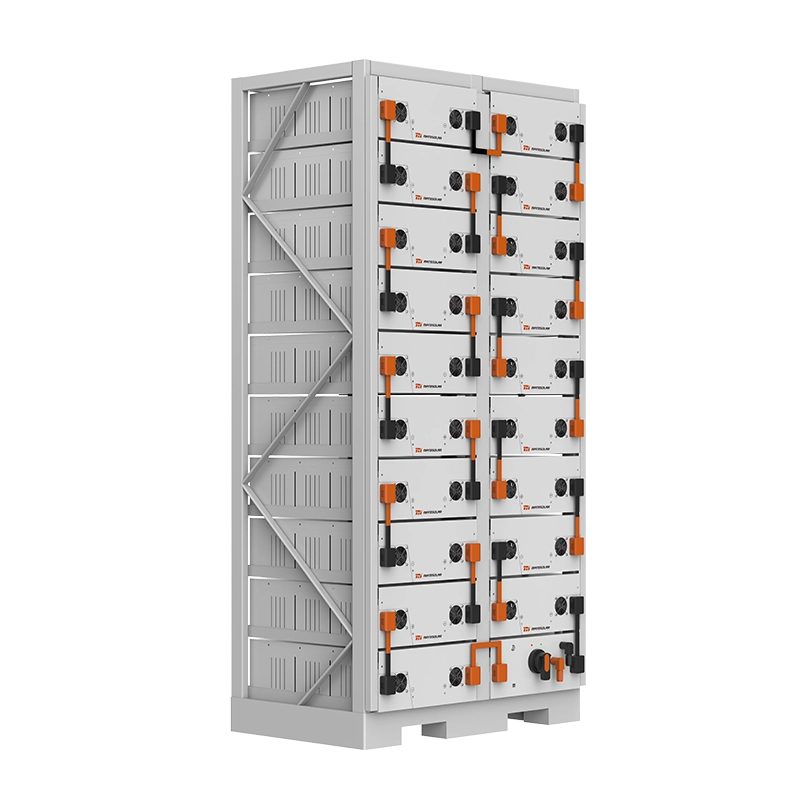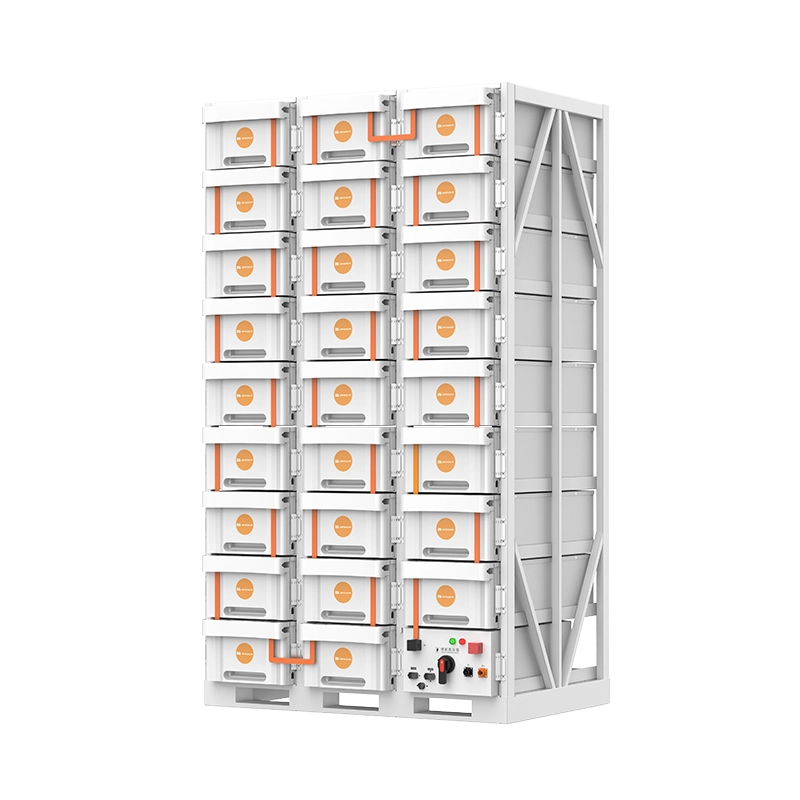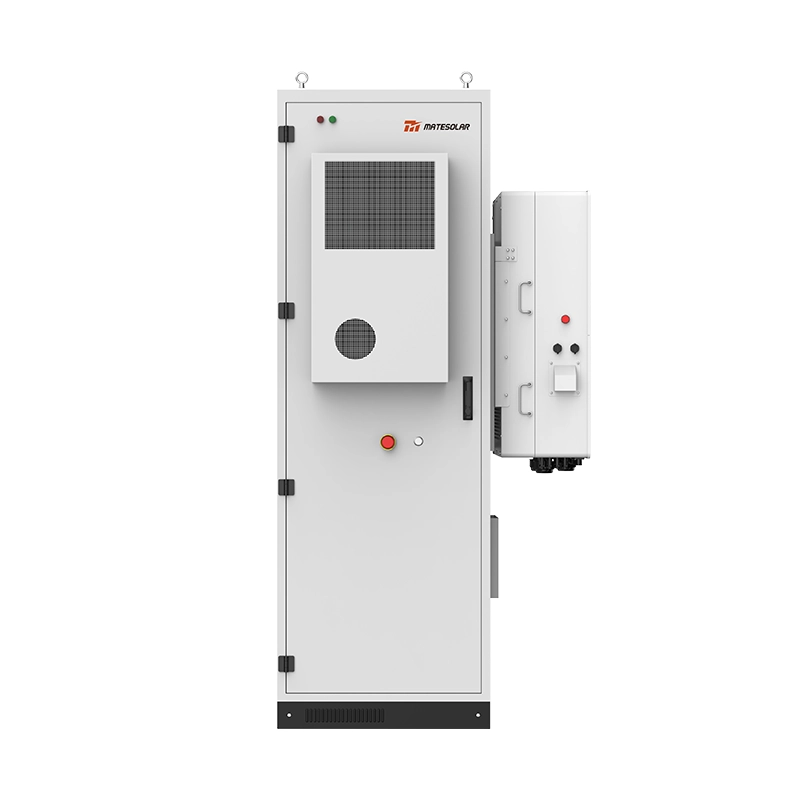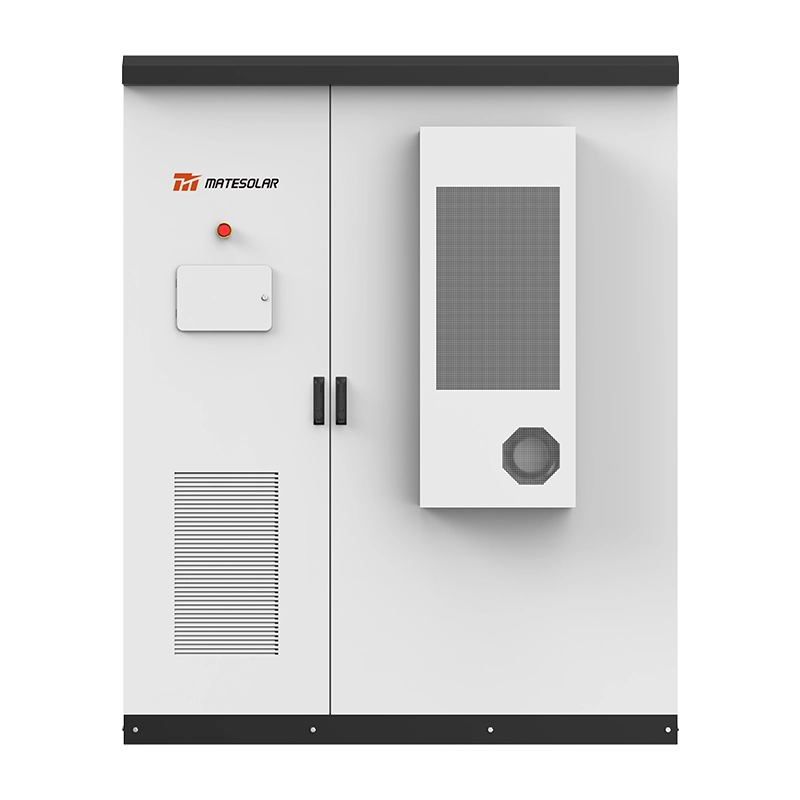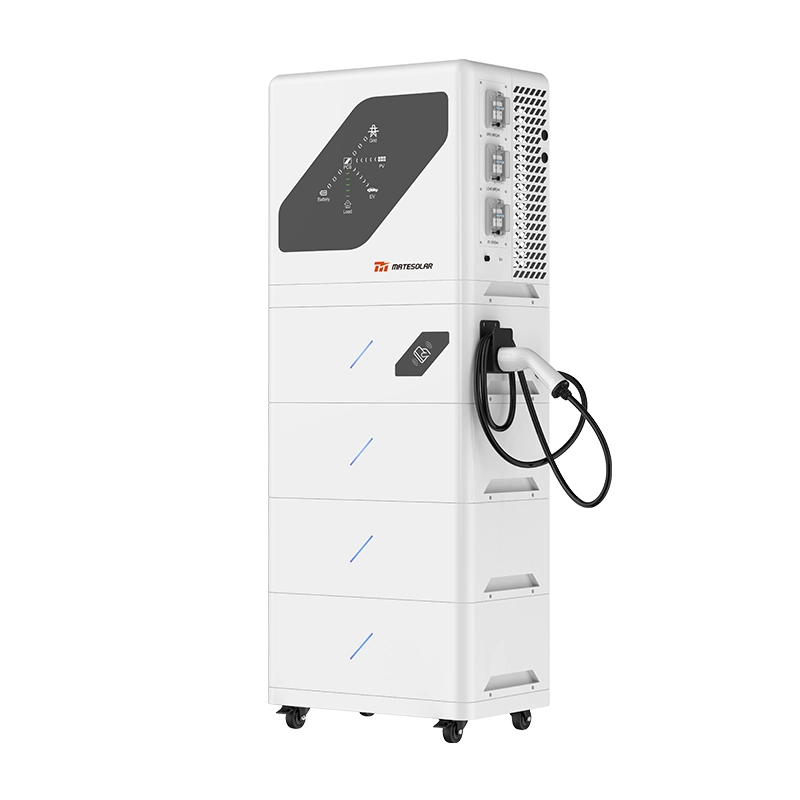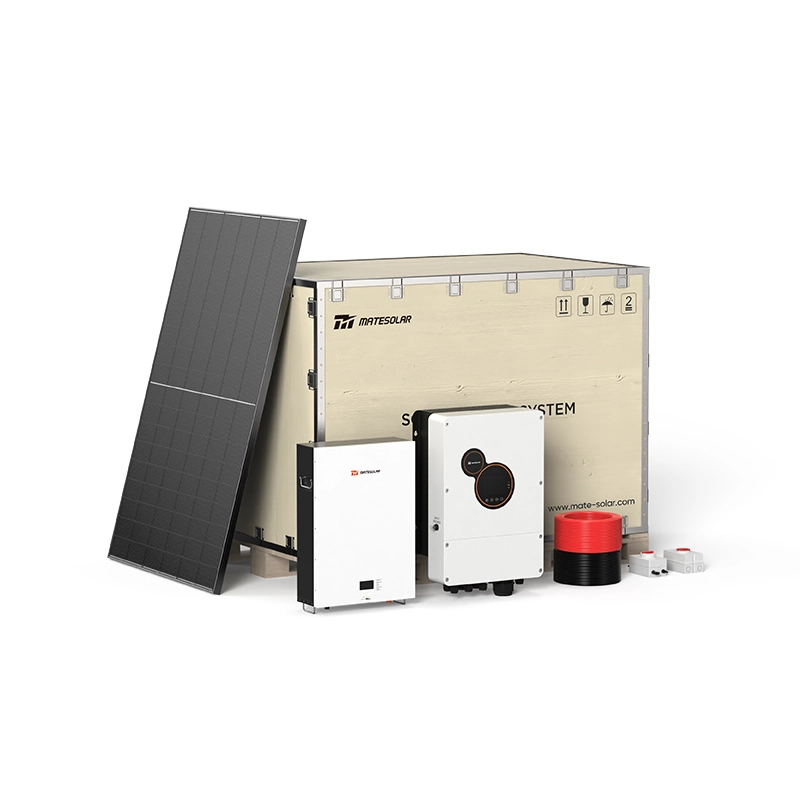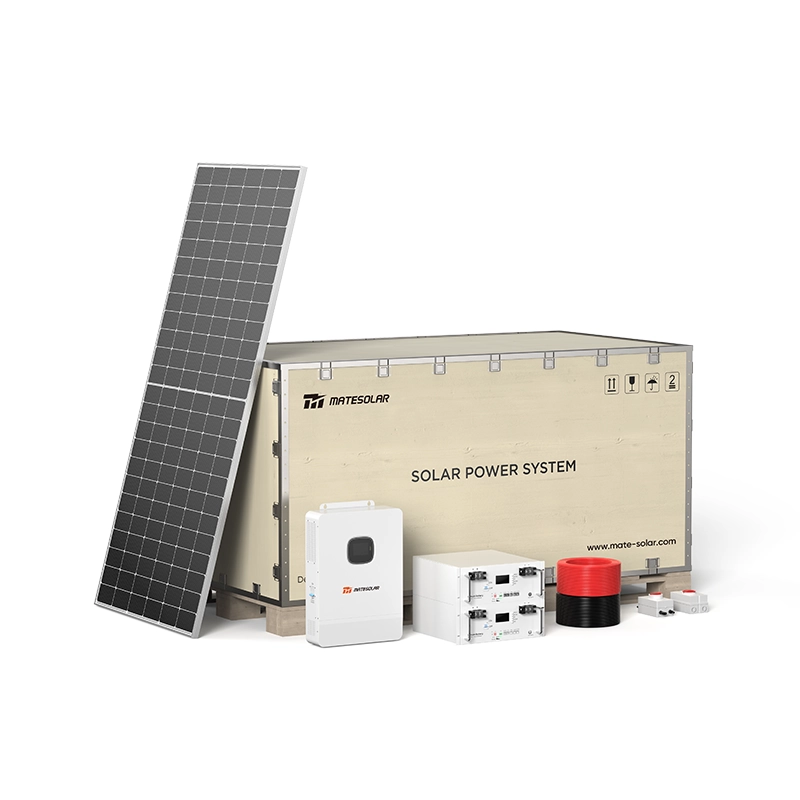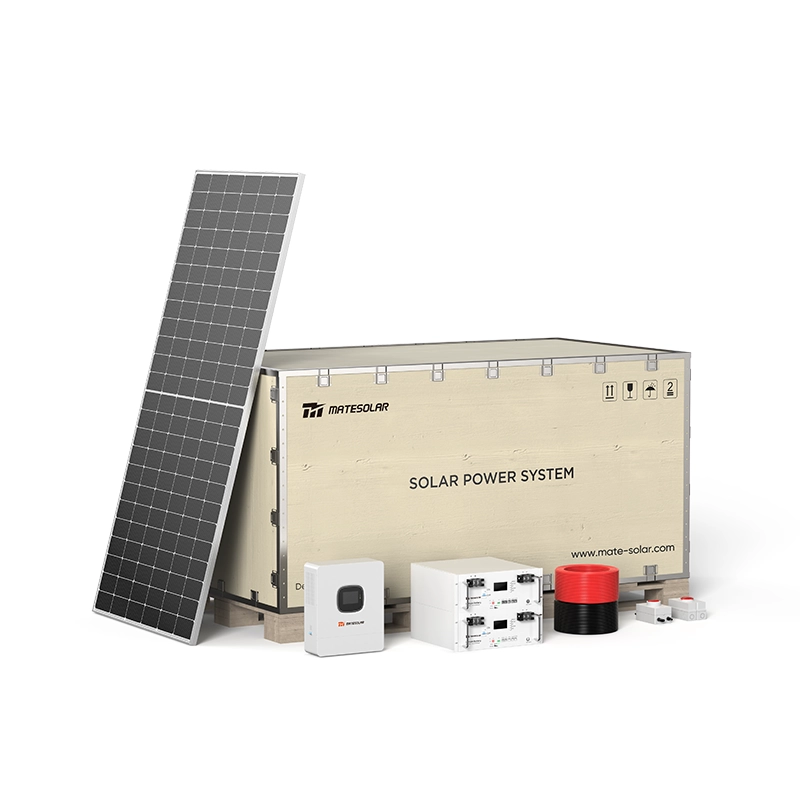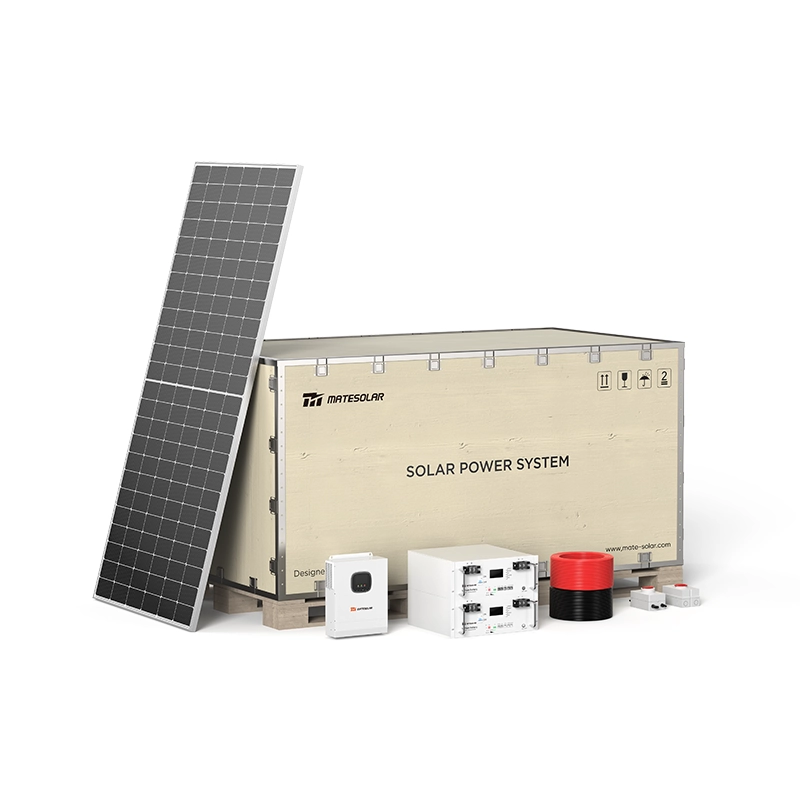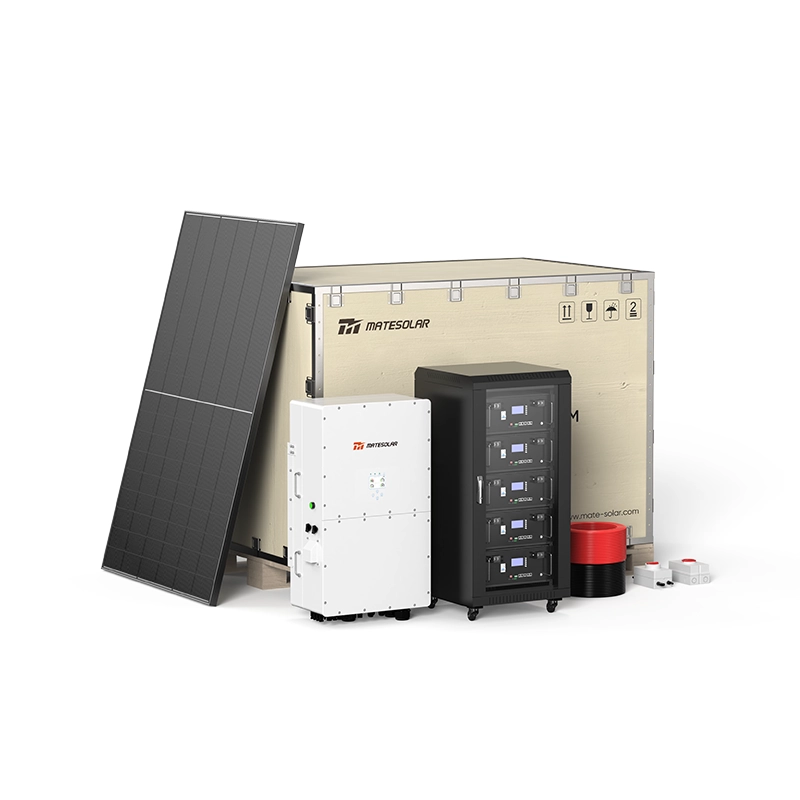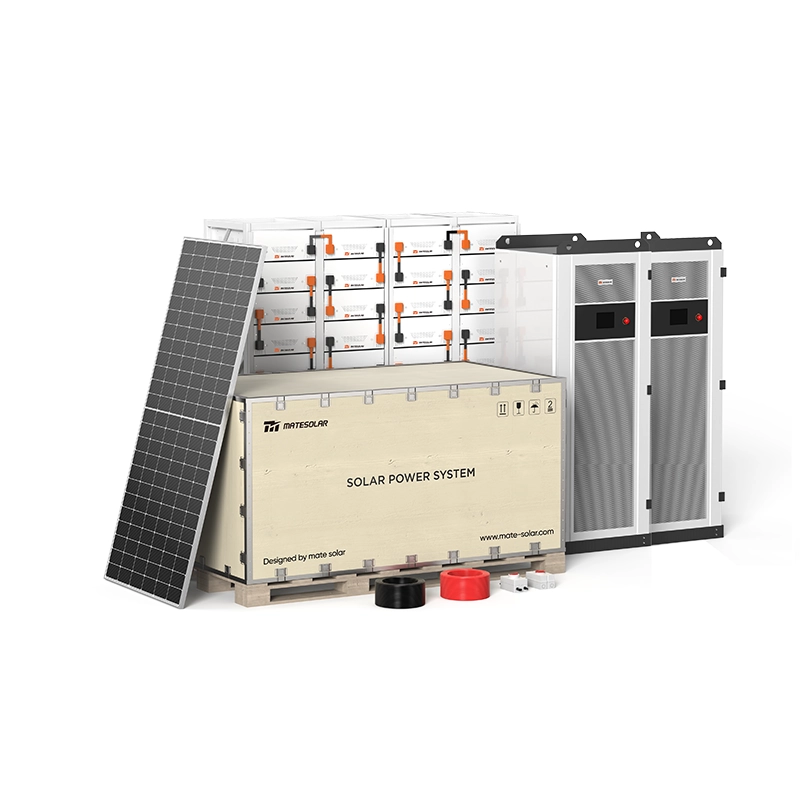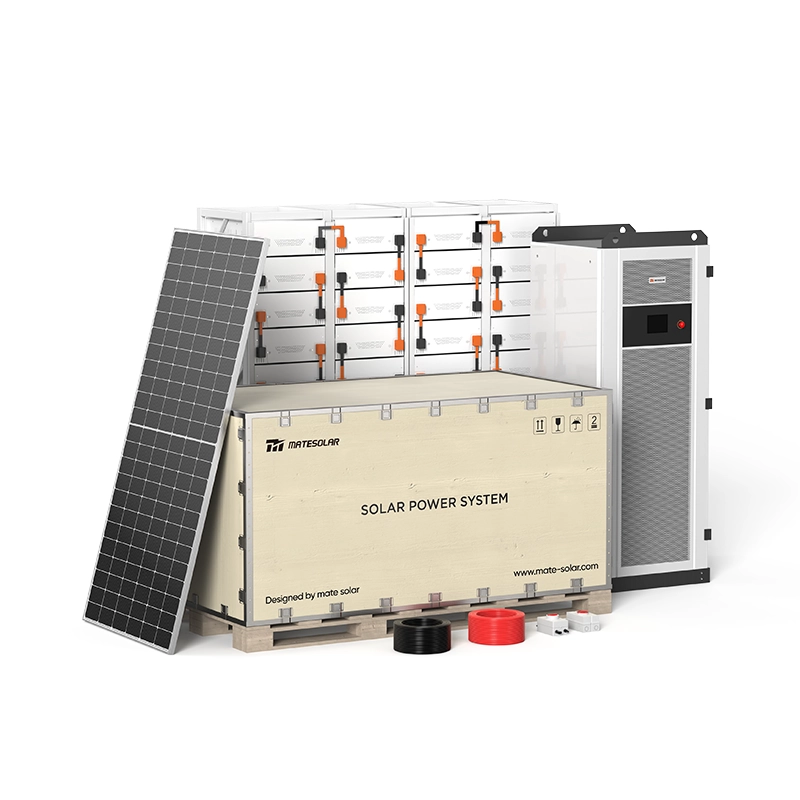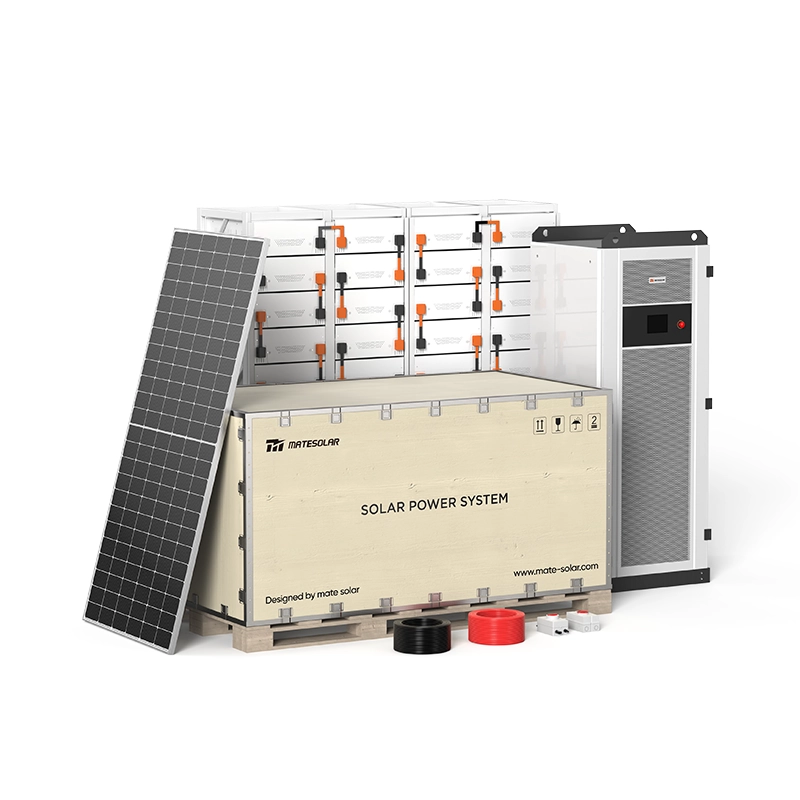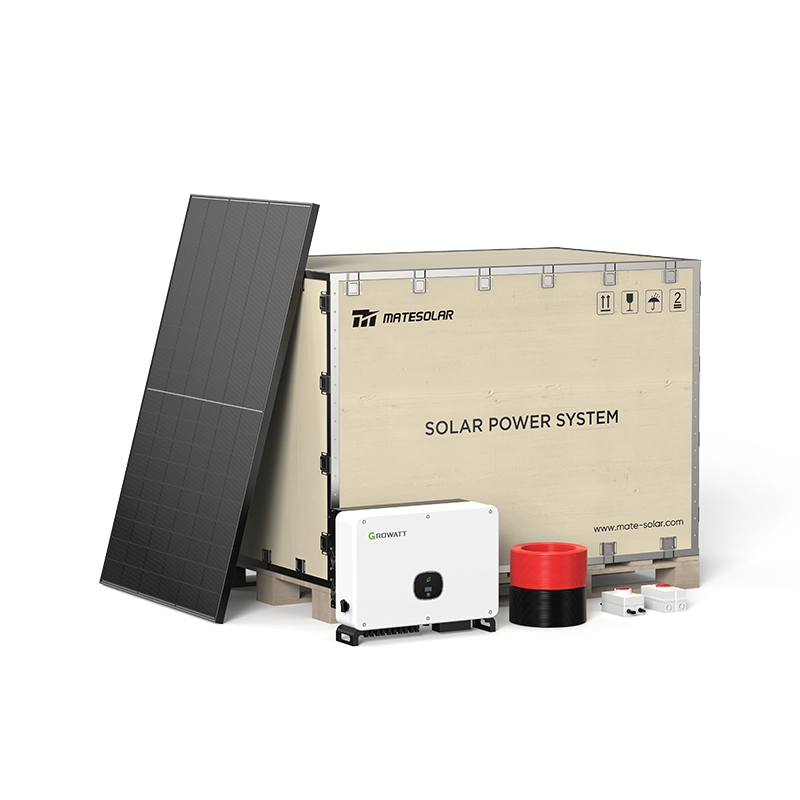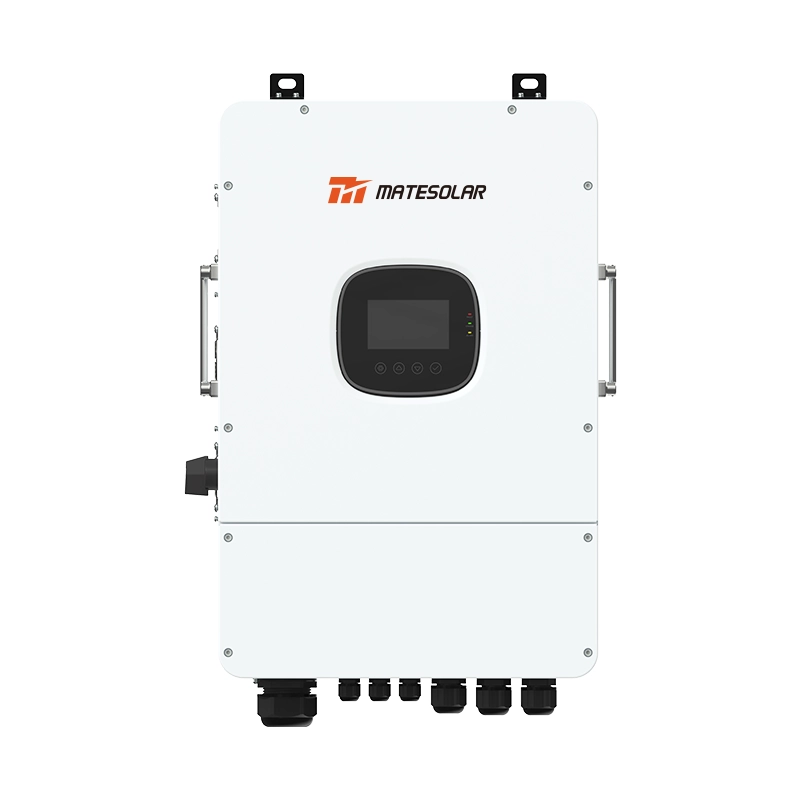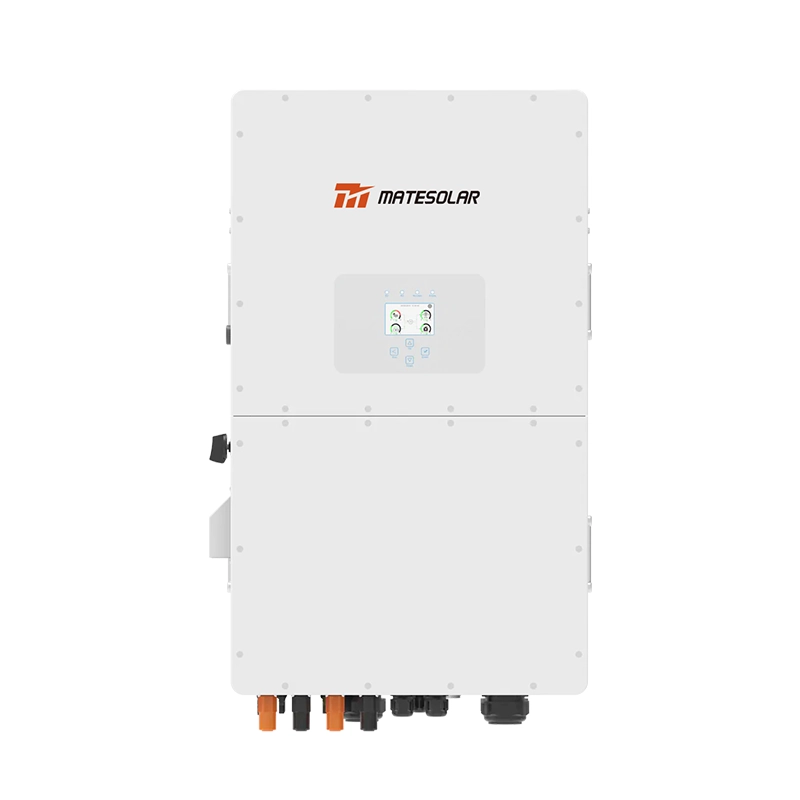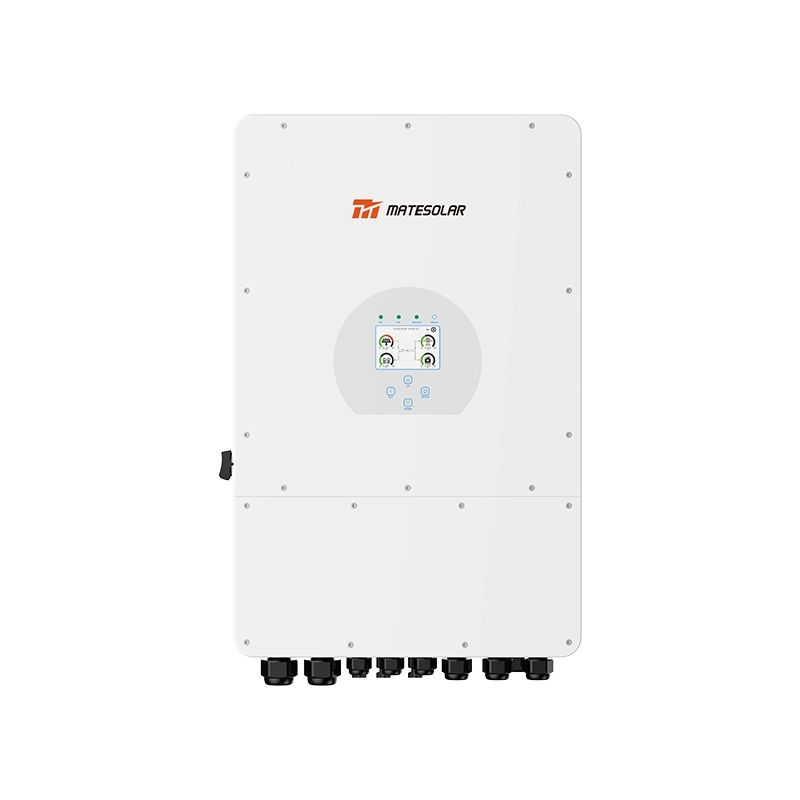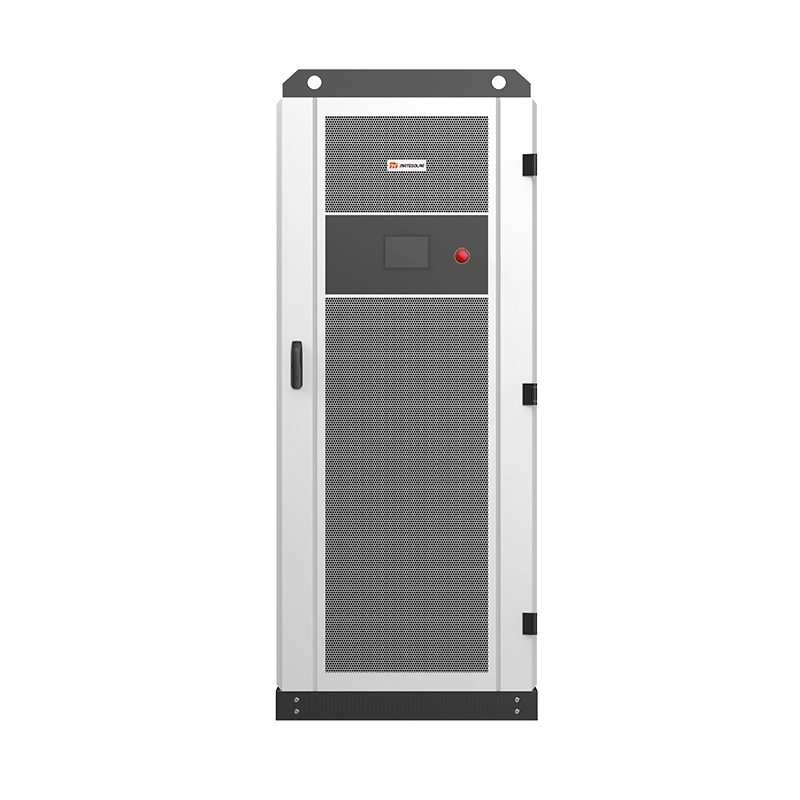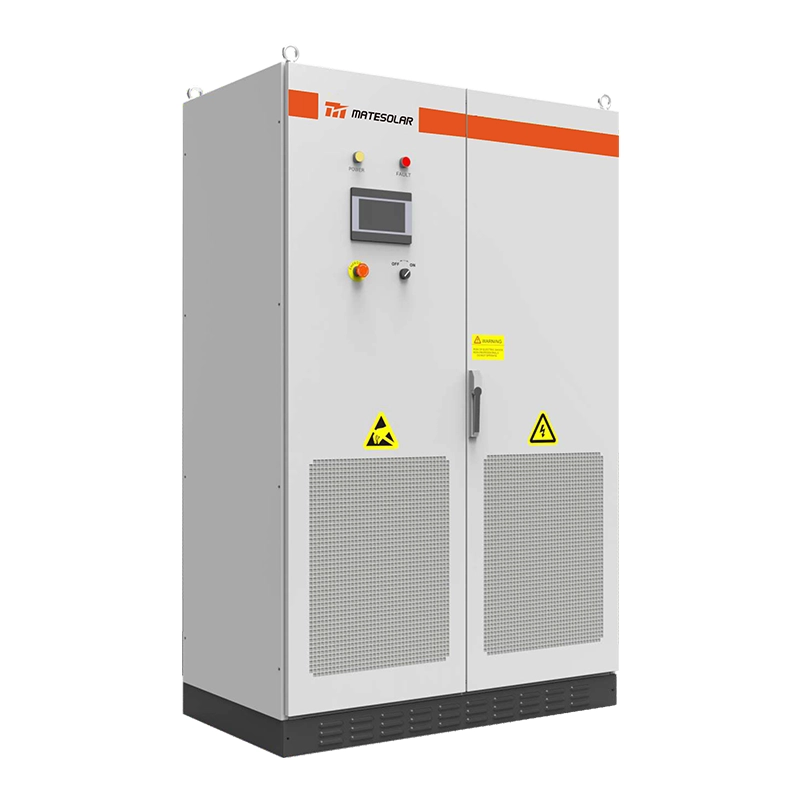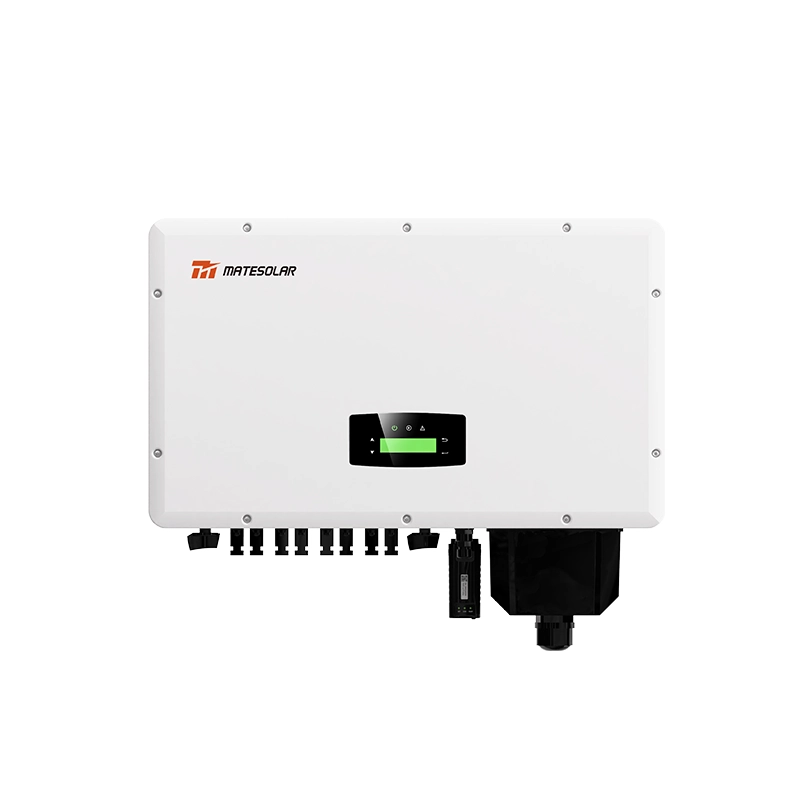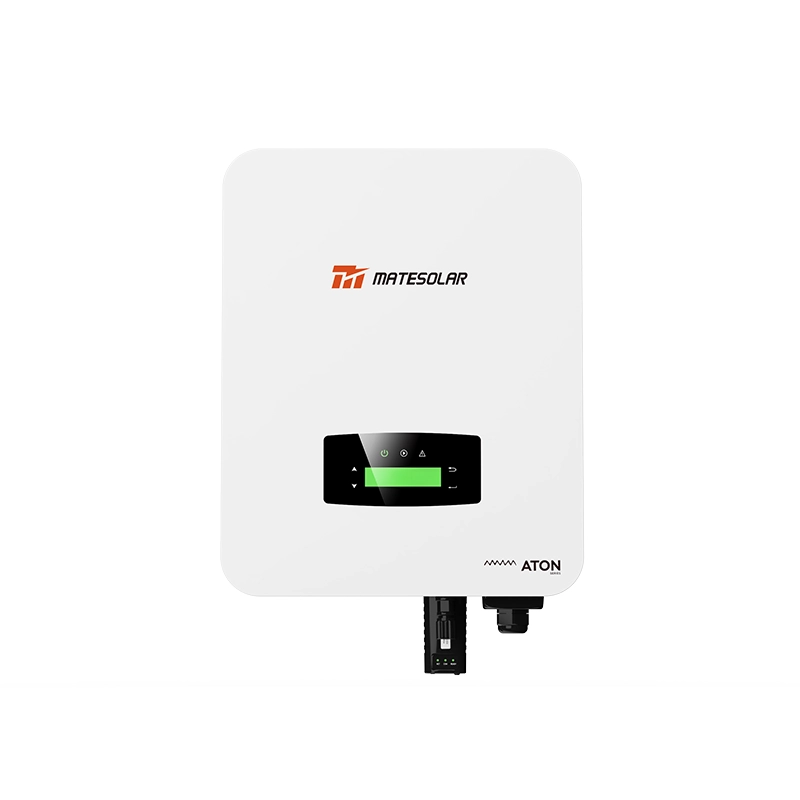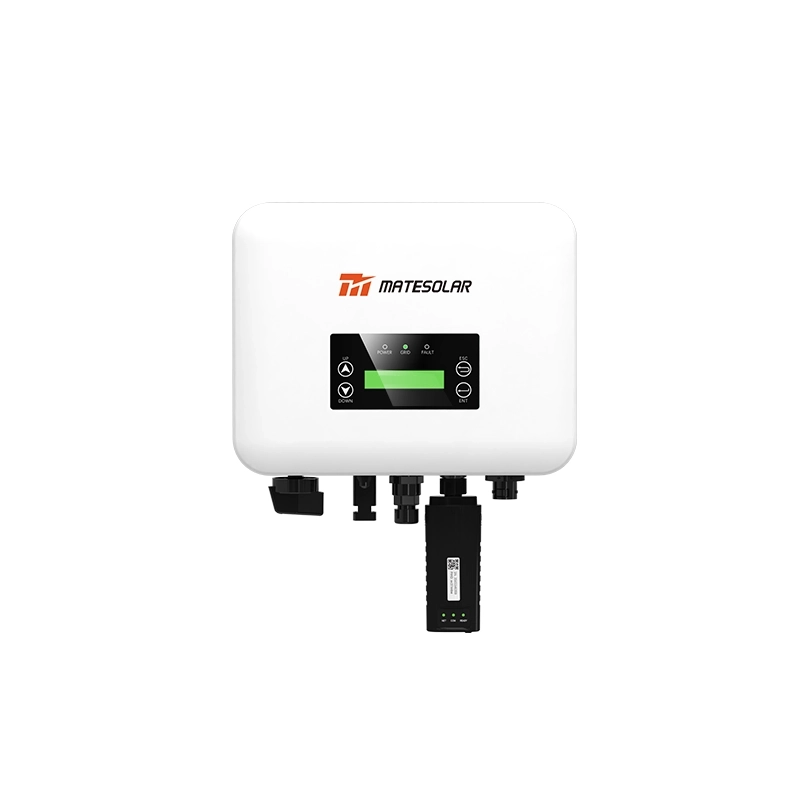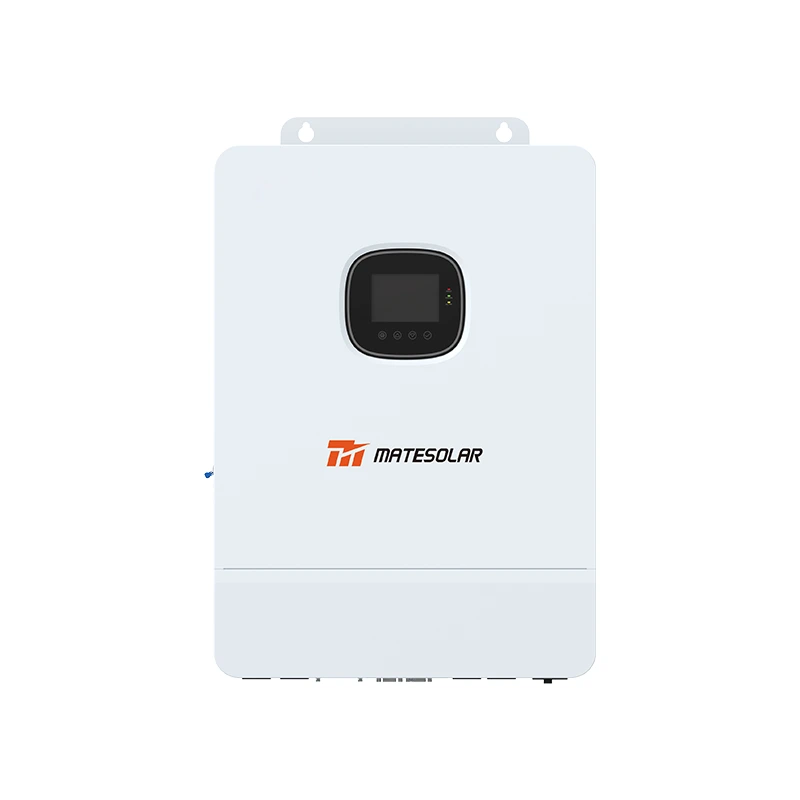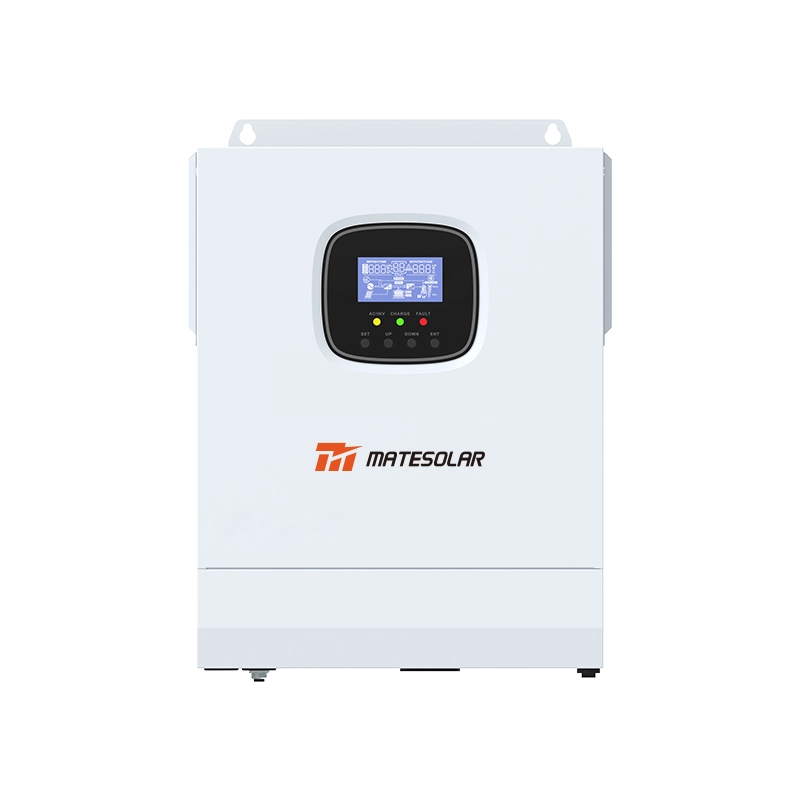
Mate Solar Explores the Long-Term Financial and Environmental Benefits of Solar Storage Investments
As the global energy landscape shifts toward sustainability, solar storage systems have emerged as a cornerstone of renewable energy adoption. While the upfront costs of these systems often dominate discussions, Mate Solar is committed to uncovering the hidden factors that drive long-term return on investment (ROI). By examining these often-overlooked elements, Mate Solar aims to provide a comprehensive understanding of how solar storage systems deliver value far beyond their initial price tag.
1. Energy Independence and Grid Resilience
One of the most compelling advantages of solar storage systems is their ability to enhance energy independence and grid resilience. By storing excess solar energy generated during peak sunlight hours, these systems allow homeowners and businesses to reduce their reliance on the grid. This is particularly valuable in regions prone to power outages or grid instability.
For example, during natural disasters or grid failures, solar storage systems can provide critical backup power, ensuring continuity for essential operations. This resilience not only safeguards against financial losses but also provides peace of mind, a factor that is difficult to quantify but highly valuable.
2. Reduced Energy Costs Through Peak Shaving and Load Shifting
Solar storage systems enable users to optimize their energy consumption patterns, leading to significant cost savings. Two key strategies—peak shaving and load shifting—are central to this benefit:
- Peak Shaving: By discharging stored energy during periods of high grid demand (when electricity prices are highest), users can avoid costly peak-rate charges.
- Load Shifting: Storing solar energy during the day and using it at night allows consumers to reduce their reliance on grid electricity during off-peak hours.
The financial impact of these strategies can be substantial. For instance, in regions with time-of-use (TOU) pricing, the difference between peak and off-peak rates can be as high as $0.20 per kWh. Over time, these savings accumulate, significantly improving the ROI of a solar storage system.
3. Increased Property Value and Marketability
Properties equipped with solar storage systems are increasingly attractive to buyers, particularly as energy efficiency and sustainability become priority considerations. Studies have shown that homes with solar installations, including storage, can see a property value increase of 3-5%. For a 500,000 home, thistranslatestoanaddedvalueof 15,000 to $25,000.
Moreover, as governments and corporations worldwide commit to net-zero targets, businesses with solar storage systems may find it easier to meet sustainability goals, enhancing their marketability and appeal to environmentally conscious stakeholders.
4. Environmental Impact and Incentive Programs
Solar storage systems play a pivotal role in reducing greenhouse gas emissions by enabling greater utilization of renewable energy. By storing excess solar power, these systems minimize the need for fossil fuel-based electricity generation during periods of low solar production.
Additionally, many governments and utilities offer financial incentives to encourage the adoption of solar storage systems. These incentives can include:
- Federal Tax Credits: In the United States, the Investment Tax Credit (ITC) allows homeowners and businesses to deduct a percentage of their solar storage system costs from their federal taxes.
- State and Local Rebates: Many states and municipalities offer additional rebates or performance-based incentives.
- Net Metering Programs: Some regions allow solar storage system owners to sell excess energy back to the grid at favorable rates.
These programs can significantly reduce the payback period for solar storage systems, enhancing their overall ROI.
5. Longevity, Durability, and Declining Maintenance Costs
Modern solar storage systems are designed to last for decades, with many batteries offering warranties of 10 years or more. Advances in battery technology, such as lithium-ion and solid-state batteries, have improved both the lifespan and efficiency of these systems.
Maintenance costs for solar storage systems are also relatively low. Unlike traditional generators, which require regular fuel purchases and mechanical upkeep, solar storage systems operate silently and with minimal intervention. This durability and low maintenance further contribute to their long-term financial benefits.
6. Revenue Generation Through Grid Services
In some regions, solar storage system owners can participate in grid services programs, such as demand response or frequency regulation. These programs compensate users for providing stored energy to the grid during periods of high demand or instability.
For example, in Australia, the Virtual Power Plant (VPP) initiative allows homeowners to aggregate their solar storage systems and sell energy back to the grid. Participants can earn hundreds of dollars annually, further enhancing the ROI of their systems.
Mate Solar’s Commitment to Innovation and Education
Mate Solar is at the forefront of the solar storage revolution, offering cutting-edge solutions designed to maximize both financial and environmental benefits. By educating consumers about the hidden ROI factors of solar storage systems, Mate Solar empowers individuals and businesses to make informed decisions that align with their sustainability and financial goals.
Table: Key ROI Factors and Their Financial Impact
| ROI Factor | Description | Financial Impact (Example) |
| Energy Independence | Reduces reliance on the grid, provides backup power | Avoided losses during outages: $1,000/year |
| Reduced Energy Costs | Lowers electricity bills through peak shaving and load shifting | Savings of $0.20/kWh during peak rates |
| Increased Property Value | Enhances property appeal and market value | 3-5% increase in home value |
| Environmental Incentives | Qualifies for tax credits, rebates, and net metering programs | Up to 30% federal tax credit (U.S.) |
| Longevity and Maintenance | Durable systems with low maintenance costs | Warranty of 10+ years, minimal upkeep |
| Grid Services Revenue | Earn income by providing energy to the grid | 200−500/year (region-dependent) |
Conclusion
The true value of solar storage systems extends far beyond their initial costs. By enhancing energy independence, reducing energy bills, increasing property value, qualifying for incentives, and even generating revenue, these systems offer a compelling ROI that grows over time. Mate Solar remains dedicated to advancing solar storage technology and educating consumers, ensuring that the transition to renewable energy is both economically and environmentally rewarding.
As the world moves toward a sustainable future, solar storage systems are not just an investment in energy—they are an investment in resilience, savings, and long-term value. With Mate Solar, the future of energy is bright.





